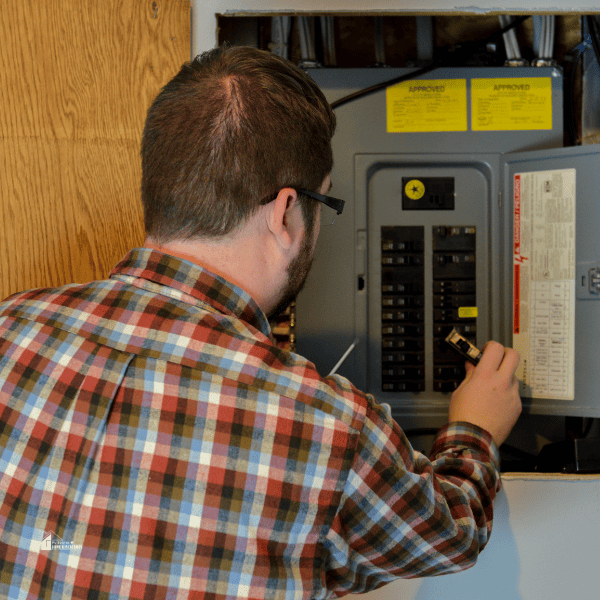5 Budget-Friendly Tips for New Pet Parents
This post may contain affiliate links which might earn us money. Please read my Disclosure and Privacy policies hereBringing a new pet into your home is an exciting adventure. However, it’s important to remember that raising a pet involves more than just cuddles and playtime. As new pet parents, it’s easy to get overwhelmed with the upfront costs and ongoing expenses that come with caring for your furry friend.
But don’t worry! There are plenty of ways to ensure that your new pet fits perfectly into your budget without compromising their health or happiness.

Here are five budget-friendly tips to help you start your pet-parenting journey on the right foot, without breaking the bank.
1. Adopt From Ethical Breeders or Shelters
One of the first steps in bringing a pet into your life is finding the right one. While shelters are often the most affordable option, many families opt to adopt through reputable breeders. When choosing a breeder, it’s essential to select one that follows ethical practices.
Responsible breeders provide health guarantees and a solid support system for their pets, which can save you from unexpected veterinary bills down the road.
For example, platforms like HonestPet offer Cavapoo puppies from trusted ethical breeders. Their puppies are vet-checked, vaccinated, and come with health guarantees, ensuring a healthier start for your new pet and peace of mind for you.
While buying from reputable breeders may initially seem more expensive, the long-term savings in veterinary bills and peace of mind are worth it.
2. Set Up a Pet Budget
When bringing a new pet into your household, it’s essential to plan your finances. Just like budgeting for groceries or bills, you should include pet-related expenses in your monthly budget. Consider the cost of food, grooming, toys, vet visits, and any emergencies that might arise.
Setting a fixed amount each month for your pet’s care will prevent you from overspending.
Keep track of all pet-related purchases, from daily necessities like food to larger costs such as vaccinations and health check-ups. Using a budgeting tool or printable budget planner (available on many homemaking blogs, including this one!) can help you stay on track and avoid surprises when the next bill comes due.
3. Shop Smart for Pet Supplies
It’s tempting to purchase everything your pet might need all at once, but you don’t have to buy it all right away. Start by focusing on the basics: food, a collar, a leash, and bedding. Over time, you can add items like toys, grooming tools, and special accessories.
You can often find excellent deals on pet supplies at big-box stores, online retailers, and even second-hand shops.
Also, consider bulk-buying items such as food and litter when there are sales or promotions. Many pet stores and online shops offer discounts for first-time buyers or subscription plans for recurring purchases. Just be mindful of the expiration dates on pet food to ensure you’re not buying too much at once.

4. Preventative Care is Key
One of the best ways to save on long-term pet care costs is by focusing on preventative care. Regular veterinary check-ups, vaccinations, and flea/tick prevention treatments may seem like an extra cost up front, but they can save you from major health expenses later.
For instance, vaccinations prevent serious illnesses that could require costly treatment down the road, and regular check-ups can detect health issues early before they become more expensive to treat.
Some pet insurance plans even cover preventive care, so it’s worth researching the options available. HonestPet, for example, provides its customers with AKC insurance coverage as part of its commitment to supporting new pet parents.
This type of coverage can help ease the financial burden of unexpected medical expenses, keeping your pet healthy and your budget intact.
5. DIY Grooming and Training
Grooming and training can add up quickly if you’re using professional services regularly. Instead, consider learning how to groom your pet at home.
Basic grooming tasks, such as brushing, nail trimming, and even giving your dog a bath, are relatively easy to do with a little practice and the right tools. YouTube and other online resources are full of tutorials for every type of pet care.
Training your pet at home can also be a cost-effective solution. While enrolling in professional obedience classes is a great way to socialize and train your pet, there are plenty of online resources and books that teach basic commands.
With patience and consistency, you can train your dog on your own, saving money on expensive classes.
Conclusion
Bringing a pet into your life doesn’t have to be financially overwhelming. By adopting from trusted breeders, setting up a budget, shopping smart, focusing on preventative care, and taking on grooming and training tasks yourself, you can keep pet expenses under control without sacrificing the well-being of your furry friend.
Starting your journey as a new pet parent with these budget-friendly tips will help ensure that you and your pet enjoy many happy, healthy years together.
Taking these simple steps will make your new pet feel right at home while helping you maintain your financial peace of mind. Remember, being a responsible pet owner is not about how much you spend, but how well you care for your pet and how smart you are with your spending choices.







